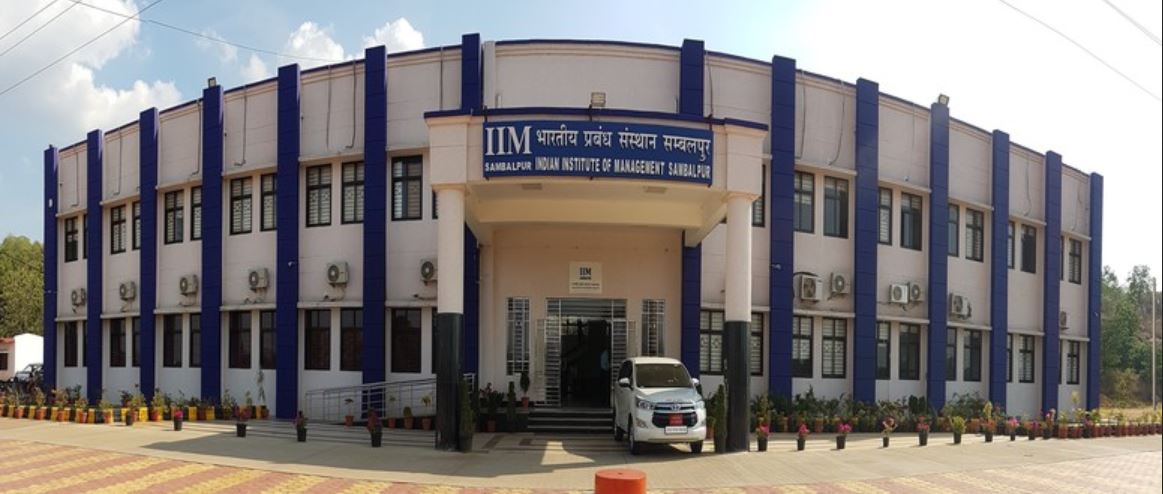Traditional Water Bodies Dry up in Modern Growth Impact
A dry summer stares at Sambalpur with traditional water harvesting structures going dry. While these structures have in the past been a boon to Sambalpur, things have worsened in the absence of maintenance.
Known as Kata, Muda and Bandh in local parlance, these water tanks were maintained by members of Kulta community who are traditionally into farming.
Most of the 94 water tanks spread over 930.235 acres of land under Sambalpur municipal limits are filled up and encroached upon and the rest replete with filth, weeds and silt.
In the past, the town was dotted with agricultural fields and these traditional water harvesting structures along with the Hirakud dam reservoir provided water for irrigation. The increase in the population took a toll on the structures. The condition of water harvesting structures in other parts of the district is not better.
Take for instance the 170-year-old Bada Kata spread over 11.65 acres of land in Birjam village under Sohela block of Bargarh district. The water body that irrigated a large area of agricultural land nearby, today has shrunk due to heavy deposits of filth.
Rani Sagar Kata, dug up by the then zamindar of Bijepur in Bargarh district Damodar Gartia in 1821, is spread over more than 150 acres of land. There was a network of water tanks below the Kata and the water seeping into the smaller tanks was used for drinking purpose by villagers. It also provided irrigation to 239.19 acres of land and villagers carried out pisciculture.
Today, this water body is covered with wild growth and weeds. Its water holding capacity has reduced and it can now barely irrigate 30 to 40 acres of land.
At Sambalpur town, Chandan bandh of Somnath temple in Balibandha that hosted the Chandan Yatra till 1982, is a dumping ground today. Following floods in 1982, condition of the bandh started deteriorating and sans renovation and maintenance, the five-acre pond, constructed by Maharaj Balabhadra Sai, serves as a dumping yard now. Filled with weed and silt, it has turned into a passage for sewage of the town that flows into the Mahanadi.
Joba bandh in Mudipada, the largest water tank in the town, and three similar structures in the same area – Manikmunda, Deulbandh and Bhangumunda – have dried up completely.






 IIM Sambalpur
IIM Sambalpur
Leave a Reply